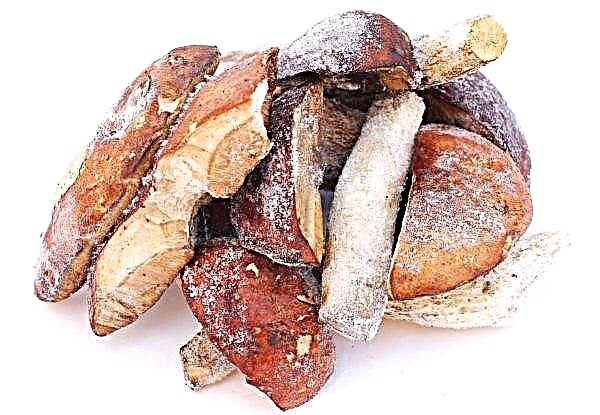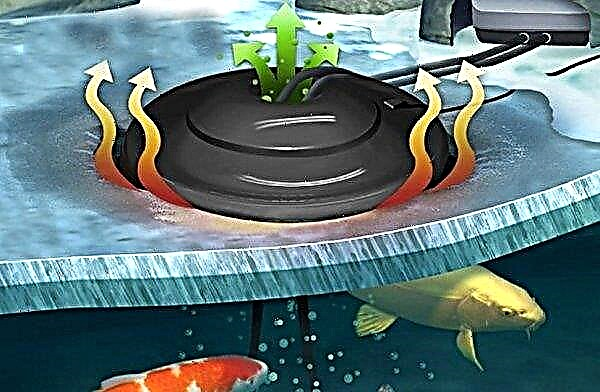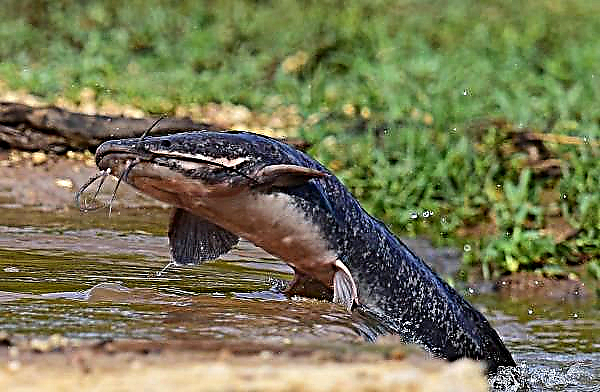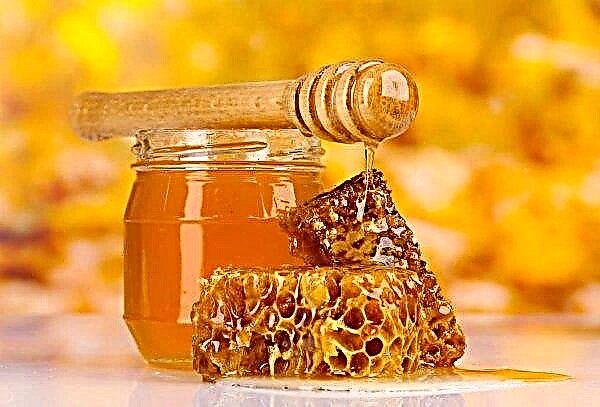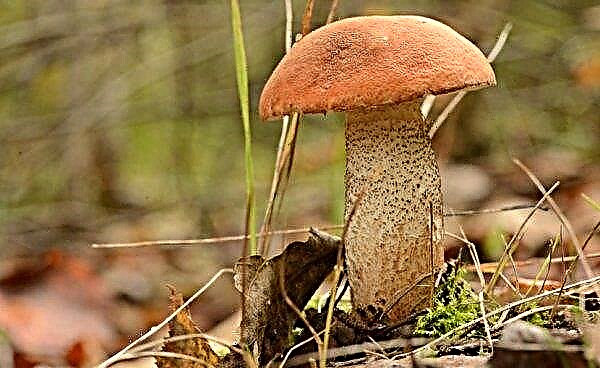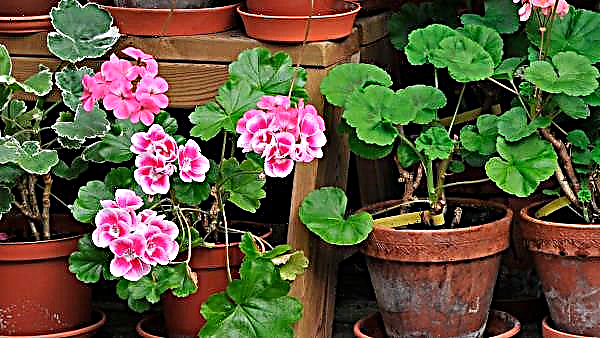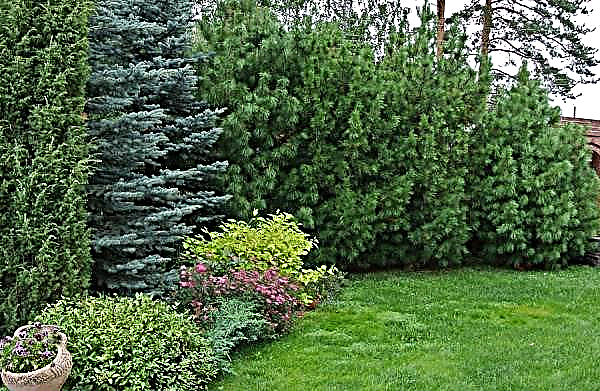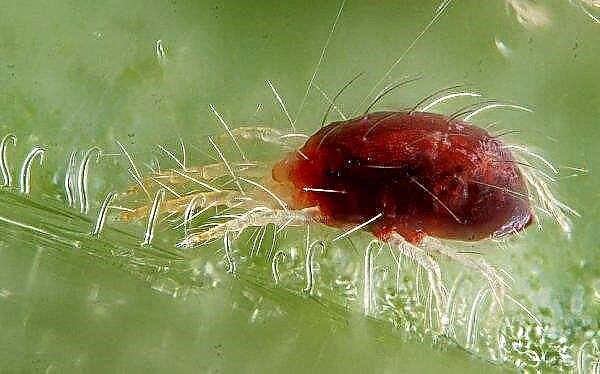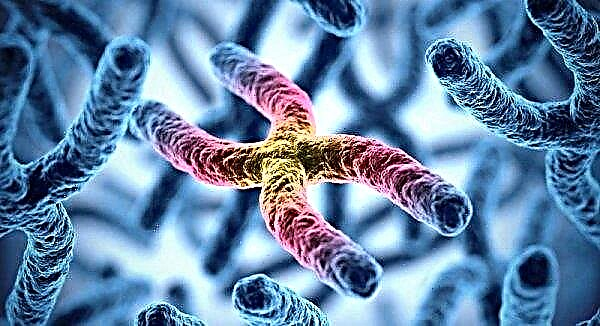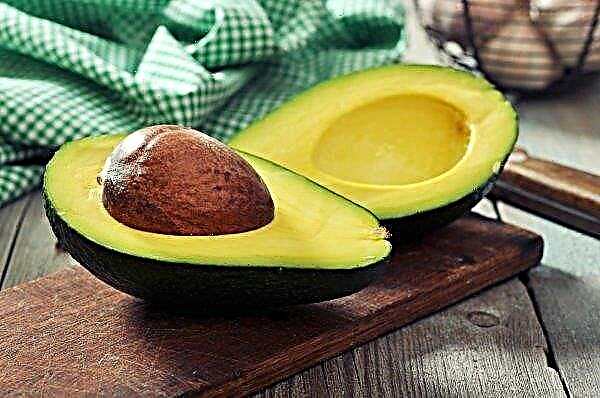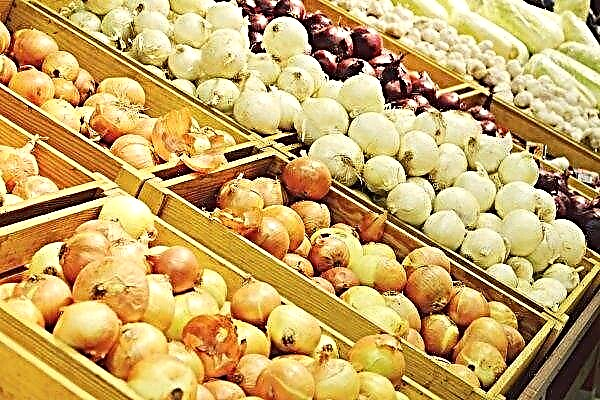Sweet pepper is considered one of the most beloved products used in cooking for salads, appetizers, stews. I would like to enjoy this useful, tasty and aromatic vegetable not only in season - summer-autumn time, but also in winter. How to properly store fresh pepper at home and how to extend the shelf life until winter, let's figure it out.
Can peppers ripen at home after harvest
Long-term storage of bell pepper at home can be achieved only if you follow a few simple but very important rules.
There are two stages of vegetable maturity:
Vegetables can be stored at any stage, however, in the first case, special conditions should be arranged under which they could ripen.
Fruits collected in the phase of technical maturity are able to persist for more than two months and gradually ripen if:
- immediately after harvesting, they should be kept in a dry room for one month with constant temperature values of +9 ... + 11 ° С. The best place for storage is a balcony, basement, cellar, pantry, the best packaging - wooden or plastic boxes;
- Pods during harvesting to dig along with the stalks and hang in a cool place. If the room is cool, but bright, then it is recommended to cover the fruits with a natural, "breathing" fabric.
Did you know? Despite its name - “Bulgarian”, the homeland of pepper is not Bulgaria at all. Its biological homeland is considered South America. However, thanks to the active breeding work of Bulgarian scientists, the vegetable gained worldwide popularity, due to which they began to call it “Bulgarian”.
To accelerate the ripening of the fruits after harvesting, you should arrange the required number of peppers in the light. Summing up, it can be noted that for the full ripening of green fruits at home, The following conditions must be observed:
- the lack of direct sunlight, under the influence of which the fruits simply "sinter";
- the presence of constant temperature indices +9 ... + 11 ° С, not higher and not lower;
- maintaining a moisture level of 90–95% (ideally).
Features and timing of the harvest
The Bulgarian vegetable harvest is recommended to be carried out in the stage of technical ripeness, when the fruits are fully formed in size, but do not have the proper color. As a rule, the technical maturity phase occurs 2.5–3 months after the formation of the first seedlings.
Terms of technical ripening of fruits vary depending on the variety of pepper and in most cases are indicated on the package with seeds. Fruits harvested during this period can last two or more months, ripening gradually, without losing their nutritional value and taste.
In order for the bell pepper to move from the technical phase of ripening to biological, it will take several weeks. The duration of this process will be determined by several important factors: air temperature and humidity level.
A change in the color of the pod, from green to orange, red or yellow, depending on the variety of culture, will signal the onset of the bio-maturation stage. Also, a characteristic crunch that can be heard when pressing on the skin indicates the full ripeness of the fruit.
Unripened peppercorns have no such sound. Typically, harvesting is carried out selectively, several times a week, as the vegetable is ready. A full collection of fruits is carried out when there is a risk of night frost.
As for the calendar terms of harvesting, they will depend on the climatic conditions of the region, as well as the place of cultivation - open ground or greenhouse. The first crops begin to be harvested in the middle or end of August and continue until the onset of cold days.
When picking fruit, with a special pruner or sharp knife, carefully cut the pepper along with the stem. All harvested crops are recommended to be carefully re-sorted by size and maturity.
Completely healthy specimens must be treated with a one percent solution of copper sulfate, which will significantly extend the shelf life of vegetables. It is most convenient to store them in wooden, plastic or cardboard boxes, the volume of which does not exceed 10 kg.
Optimal storage conditions
Bell pepper is not very good keeping quality, therefore, for its storage it is necessary to organize the optimal conditions:
- the most comfortable temperatures for storing fruits are considered to be no more than + 10 ° С, while the relative humidity should fluctuate between 80–95%;
- fruits for storage are folded in a container in 2-3 layers, if possible each of them is wrapped with paper;
- pepper is stored in a room separate from all other vegetables, as it easily absorbs odors;
- in a refrigerator, vegetables are stored at a temperature not exceeding +9 ... + 10 ° C and humidity not lower than 80%;
- fully mature peppers are stored in a room with a temperature from 0 to + 2 ° C and a humidity level of about 90%.
Periodically, all fruits in the crates are inspected for damage or rot. All bad specimens are rejected.
Important! Peppers of orange and red colors are stored longer. Varieties with green color quickly become unusable.
Storage location choice
Vegetables at any stage of maturation (technical or biological) must be stored in a cool, dry place, away from direct sunlight and low humidity. Warehouse for storage can theoretically be organized in any room where the temperature varies between +2 ... + 7 ° С.

At home, to preserve the fruit, you can choose:
- Basement or cellar. The temperature in the cellar or basement in the winter rarely rises above + 10 ° C, so these places are great for long-term storage of peppers. It is recommended to pack the fruits for better preservation in boxes with dry sawdust or sand, or wrap each fruit with a thin layer of paper. Under such conditions, peppers will not lose their aesthetic appearance and taste for 4-5 months.
- Refrigerator. A great place to store peppers, because, thanks to the stability of the microclimate, it helps prevent rotting and spoilage of vegetables. To preserve the fruits in the refrigerator, they should be wrapped with paper, you can also grease each pod with vegetable oil. This storage place has two significant drawbacks: firstly, the shelf life is only 2.5–3 months, and secondly, a limited number of vegetables can be stored.
- Balcony. On the balcony, peppers are stored in containers, wooden, plastic or cardboard boxes filled with sand or sawdust.
Important! On the balcony, the fruits can remain until the temperature outside drops below -10°C, then they should be transferred to a warmer "storage".
Useful Tips
Keeping bell peppers fresh at home is not an easy task, since the vegetable has a delicate, juicy and very fragile structure, quickly withers and reacts negatively to low temperatures.
In order to preserve the external and gustatory qualities of fruits as long as possible, you should adhere to several recommendations:
- Before laying out in a container, all vegetables should be sorted, selected defective;
- Do not tear off the tip with the stalk, because it is he who is responsible for the quality and duration of the laying;
- do not wash peppercorns before storage. Washed fruits, even under ideal storage conditions, will not be able to lie for a long time;
- it is necessary to stack vegetables in boxes, covered with paper, sawdust or sand, in several layers;
- it is allowed to wrap each vegetable with paper or cling film. However, with this storage method, peppers must be visually inspected for damage weekly.
Knowing all the nuances of storing fresh bell pepper allows you to enjoy its amazing taste not only in summer and autumn, but also in winter. For the successful preservation of the vegetable, it is enough to follow a few simple rules and maintain optimal conditions in the room where it is stored.Did you know? There is a special Scovilla scale by which pepper hotness is measured. Peppers of the artificially bred Carolina Reaper variety are recognized as the most hot, its indicator is 2 million 200 units of hotness, that is, 100 points. Bell pepper ranks last with a score of 0 points.

